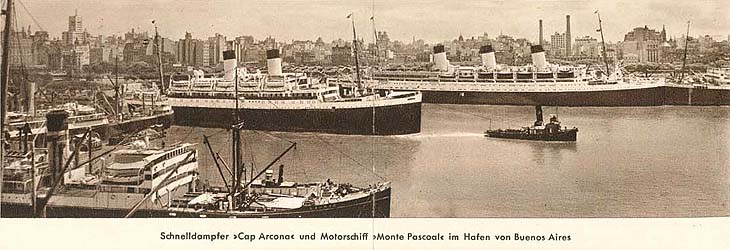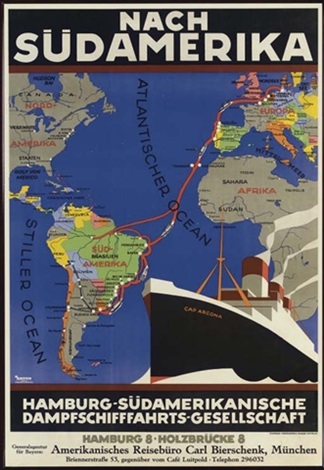|
Richard Jernigan -> RE: Malaguena falseta? (Jan. 20 2020 3:24:26)
|
From the Wikipedia article on Carmen Amaya:
"In 1936, when the Spanish Civil War had just begun, Carmen Amaya and her troupe were on tour in Valladolid with Luisita Esteso's show. They crossed the border from Spain to Portugal and, after a short time arrived in Lisbon, they sailed for Buenos Aires on the ship Monte Pascoal, which took fifteen days to cross the Atlantic and put in at Brazil and Uruguay. She debuted in Buenos Aires, accompanied by Ramón Montoya and Sabicas at the Maravillas Theatre."
"During this stage of her life, she added to her artistic group several members of her family. She made films in Buenos Aires with Miguel de Molina and won the admiration of musicians Arturo Toscanini and Leopold Stokowski, who publicly praised her."
"The success of Carmen Amaya and her family exceeded all expectations. They planned to stay for only four weeks and, finally, they stayed there for nine months, since every time Carmen performed the theatre was filled and tickets were even sold two months in advance. A good example of the enormous popularity that the artist achieved in this South American country is the construction of the theatre that bears her name: el Teatro Amaya."
I believe this was the first time Sabicas left Spain. He had been performing in public since he was a child prodigy at age 8.
"In addition, it seems that during most of those years in America the bailaora maintained a personal relationship with Sabicas, who declared shortly before his death that he and Carmen had been dating for nine years, and that they had split up in Mexico."
Sabicas's brother Diego attributed the breakup with Amaya to her father and brother. According to Diego they feared that if Sabicas and Carmen married, Sabicas would be in charge of the money, as was notoriously the case with Pastora Pavon "La Niña de los Peines" after she married Pepe Pinto. Since Carmen made a lot of money and was the principal financial support of her family, this was an important consideration.
During his time in Mexico Sabicas married and fathered four children. In the early 1950s he moved to New York City. Two of his children still lived there when he passed away in 1990.
During the winter of 1961-62 I had been fortunate enough to meet Sabicas a few times at after hours juergas at the club Zambra, just south of Central Park. He was very friendly and congenial, not putting on airs as a famous and prosperous artist. A poker playing friend told me Sabicas played in the big games in town, and won.
Amaya's last performance in New York was at a large night club in Greenwich Village in 1962. My friend Blackie Acosta and I reseved a front row table. Sabicas and his entourage sat at the next table. None of the striking young blondes often seen with Sabicas was among them.
Carmen acknowledged Sabicas and blew him a kiss at the beginning of intermission
At intermission Blackie and I went backstage, meaning to strike up an acquaintance with some of the beautiful young gitanas in the troupe. We were wearing good suits and thinking well of ourselves. We didn't know that most of the troupe were Carmen's relatives. The girls would not make eye contact, the young men took out impressive switchblade knives to tend to their fingernails. Blackie and I went back to our table.
Carmen smiled at Sabicas while taking her bows at the end of the show, and appeared to make one bow for him.
RNJ
|
|
|
|


